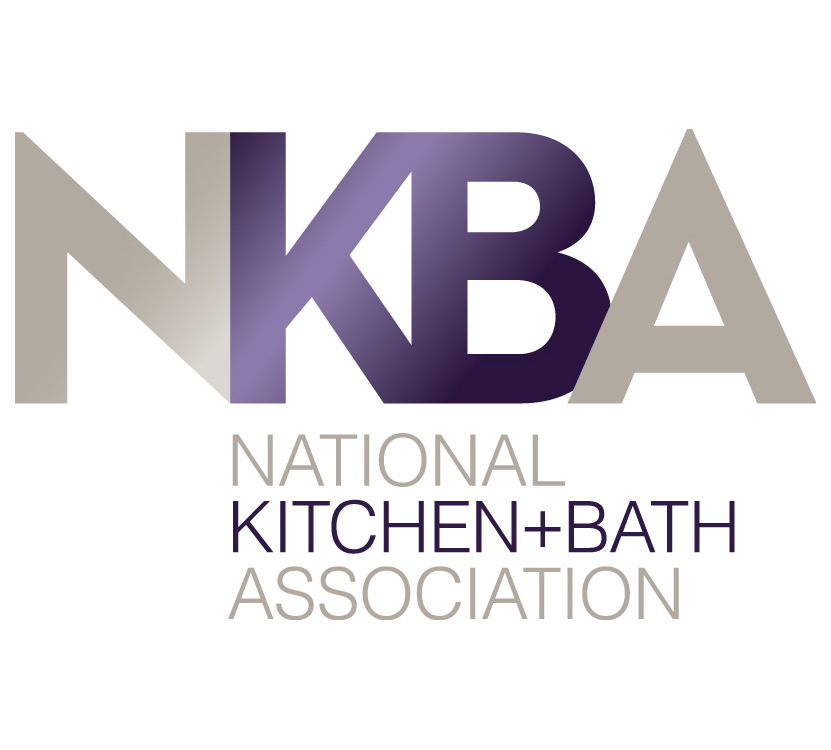
White stone is by far the most popular choice for kitchen countertops, regardless of changes in design trends. White marble, for example, calls to mind an elegant, timeless appearance that never goes out of style. As man made alternatives become better at mimicking the real thing, it’s no surprise that quartz that looks like marble is rising in popularity. In this post, we’ll discuss marble vs. quartz that looks like marble by examining the pros and cons of each material, as well as the differences you’ll encounter when it comes to maintenance.
How Marble Is Made
Marble is a metamorphic rock. It forms when limestone is subjected to high amounts of heat and pressure during the natural process of metamorphosis. This process typically occurs at convergent plate boundaries near the Earth’s crust. Marble is primarily composed of calcite, but it usually contains other minerals like Mica, Quartz and Iron.
How Quartz Is Made
Quartz is a man made material also referred to as “engineered stone.” This material consists of a blend of pulverized natural stones like quartz and granite. It can also contain industrial waste, like ceramic tiles and glass. Roughly 90% of the final product consists of this blend, while the remainder contains polymers and binders. Despite bearing the name of quartz, the resulting material may or may not contain significant amounts of raw quartz depending on the pattern chosen.
Quartz That Looks Like Marble
Quartz does contain a large amount of mineral content that can make it look very similar to natural stone. It can easily mimic the look of granite, but it is more difficult to achieve the veining patterns that marble is known for. However, as modern quartz engineering techniques improve, products like Calacatta Aegean and Calacatta Vintage offer excellent substitutes for real marble.
That being said, both marble and engineered quartz offer pros and cons when it comes to aesthetics and maintenance. Let’s take a look at some of the reasons for why people may want to seek out one or the other.
Durability
Quartz and marble are both highly durable, but can be vulnerable to different elements when used as surfaces. When properly installed and maintained, marble will last for generations. It is resistant to heat and cracking, which makes it a great option for the kitchen or around a fireplace. However, marble is fairly absorbent due to its porosity, so it can be vulnerable to staining and acidic substances and can show age over time. When used outdoors, it can be damaged by acid rain and other pollutants.
Quartz is non-porous, so the surface is inherently protected against mold, mildew, bacteria, staining and odors that can form in porous stones. However, quartz surfaces are less heat resistant than marble. Care should be taken to avoid exposing the surface to extreme heat, such as placing hot pots or pans directly on the surface. Prolonged exposure to elements like direct sunlight can lead to discoloration, cracking and warping.
It is important to note that with marbles, small chips and scratches can be buffed and refinished onsite to make it look as good as new overtime. However, with quartz, once the surface is damaged, it cannot be refinished or fixed.
Aesthetics
Engineered quartz can mimic the look of real marble. However, some people prefer the natural beauty that marble is so well known for. When it comes to aesthetics, the decision will depend on where the surface will be used and how it fits into the overall design.
Cost
While the cost of the original Italian marbles have been a major reason for the shift towards marble imitation quartz products, it is worthy to note that the younger marble quarries in other countries have brought us some beautiful natural marble options that are stronger, better performing and in some cases more affordable than marble looking quartz! These newer marbles with their affordable price tags have gained tremendous momentum among natural stone shoppers.
Cleaning and Maintenance
The biggest difference between marble and quartz comes down to maintenance. Marble needs to be sealed regularly for protection against spills and drips, while quartz does not need to be sealed because it is not porous.
There will also be differences in selecting appropriate cleaners. Neutral cleaners specifically made for natural stone are ideal for marble, while mild dishwashing detergent and a soft cloth often do the trick for quartz. Some cleaning agents can damage the resin binders and fillers in quartz, so care should be taken to select appropriate, safe cleaners. For a more in depth look at the best cleaning and maintenance practices for each material, check out our blog post on how to care for marble, or this one on how to clean quartz surfaces.
Work with Cosmos SurfacesTM!
Quartz that looks like marble can be a great option depending on your needs. Cosmos SurfacesTM offers a wide range of marble and quartz products along with other top quality surface materials. Our experts are happy to answer questions and help you decide which material is best suited to your needs and budget – reach out to Cosmos SurfacesTM today to get started!
Color of the Month: Fired Brick
This month’s featured trending color is Pantone 19-1337, Fired Brick! The Pantone Color Trend Report says, “Strong and sturdy, Fired Brick adds gravitas.”

The quartzite Brown Silk is mesmerizing from afar, but even more so up close. Crystalline layers of silver and white among the dominant brown of Brown Silk are as detailed and complex as the silk of a spider’s web. Brown Silk is a delicate, crystal constellation brought to life. Quartzite is resistant to scratching, staining, and fading, and the beauty is unmatched.












